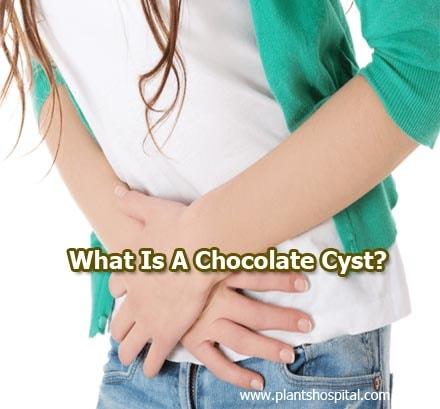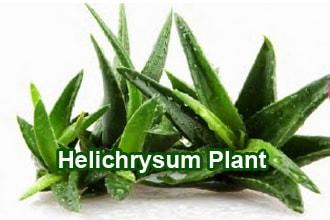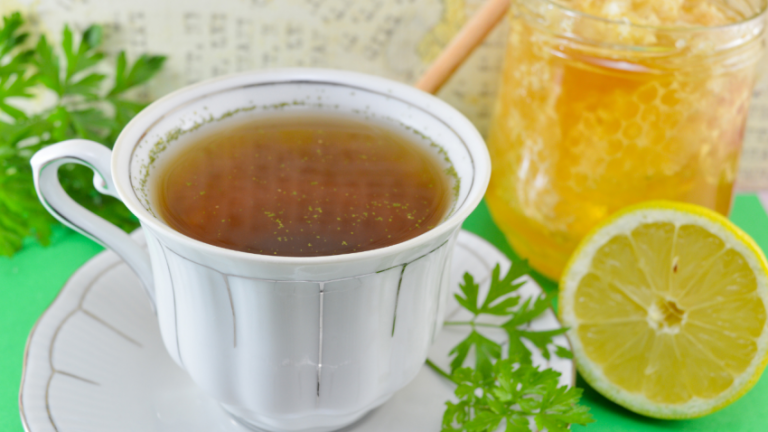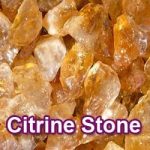Table of Contents
What is Good for Chocolate Cyst?
Chocolate cysts can cause imbalances in the immune and reproductive systems. Cysts that are small and do not threaten ovarian health can be treated with natural treatments.
4 Best Herbal Treatment Of Chocolate Cyst
Castor Oil: Castor oil is one of the herbal solutions used for chocolate cysts for centuries. Castor oil helps to remove excess tissue and toxins from the body.
It also helps reduce and dissolve chocolate cysts by stimulating lymphatic and circulatory systems. Castor oil should not be used during the menstrual period and it may be inconvenient for those who try to conceive to use this oil.
Chamomile Tea: Herbal teas such as chamomile tea are very useful for the treatment of chocolate cysts and the pain and discomfort caused by these cysts.
The soothing effect of chamomile tea reduces pain and helps the patient relax. Chamomile tea also helps normalize irregular menstrual periods by stimulating blood flow in the pelvic region and uterus.
Apple Cider Vinegar: Can help to shrink and melt cysts caused by potassium deficiency. Apple cider vinegar is high in potassium and is recommended by many health professionals.
Beet Root: Beets contain a compound known as betacyanin, which increases the liver’s ability to dispose of toxins from the body. Also, the alkaline nature of beets helps to balance the acidity in the body. This, in turn, helps to reduce the symptoms of chocolate cysts.
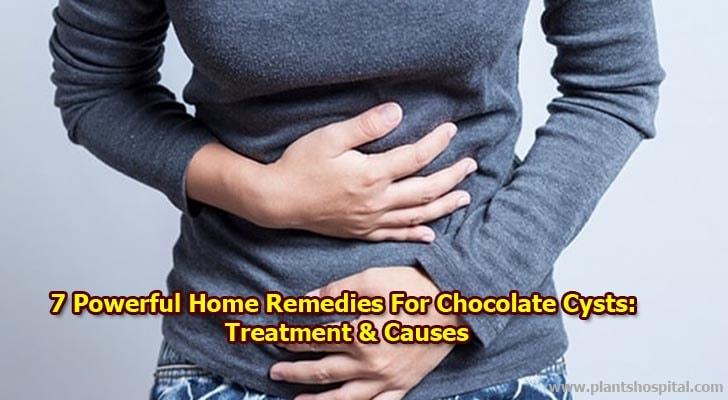
Top 4 Home Treatment Methods Of Chocolate Cyst
Warm Compresses: Warm compresses can be applied to reduce abdominal cramps and pain due to cysts.
Epsom Salt Bath: Salt baths help reduce pain and other symptoms caused by ovarian cysts. The high magnesium sulfate content in the Epsom salt acts as a muscle relaxant that relieves pain.
Yoga: Yoga and aromatherapy are very useful therapies for chocolate cysts. These alternative treatments are useful in regulating hormonal imbalance and relieving the pain caused by the chocolate cyst.
Increase Fluid Intake: Women with chocolate cysts need to increase their fluid intake. The best option for this is water. Alkaline and filtered water should be drunk at regular intervals. Some lemon juice can also be added to the water.
Water helps to remove harmful toxins from the body. In this way, pain and abdominal swelling can be reduced. Coconut water and green leafy vegetables are also drinkable along with green. It is necessary to avoid coffee, soda, and alcoholic beverages.
What Is A Chocolate Cyst?
Chocolate cyst is a disease that occurs as a result of the spread of the tissues that make up the lining of the uterus out of the uterus to other organs.
Chocolate cysts may occur anywhere in the body, but they occur most often in the abdomen and pelvis. Some of the women with chocolate cysts show no symptoms, while others may experience symptoms such as severe abdominal pains.
Chocolate cyst affects 3 percent to 10 percent of women of reproductive age. Cysts that grow and damage other tissues may need to be removed by surgery. Some cysts can stay for years without causing any pain. Treatment for cysts that do not affect the patient’s quality of life may not be necessary.
Symptoms
How to understand chocolate cyst? The onset of chocolate cyst can be manifested by severe pain. The most common symptoms of the chocolate cyst are:
- Pain during the menstrual period.
- Pain during and after sexual intercourse.
- Pain in the abdomen, back or pelvic area.
- Pains when going to the toilet.
- Pains in thighs and legs.
- Heavy bleeding with or without clots.
- Bleeding between two menstrual periods.
- Bladder and bowel problems.
- Constipation or diarrhea.
- Frequent urination.
- Abdominal swelling.
- Fatigue, lack of energy.
- Mood swings, anxiety or depression.
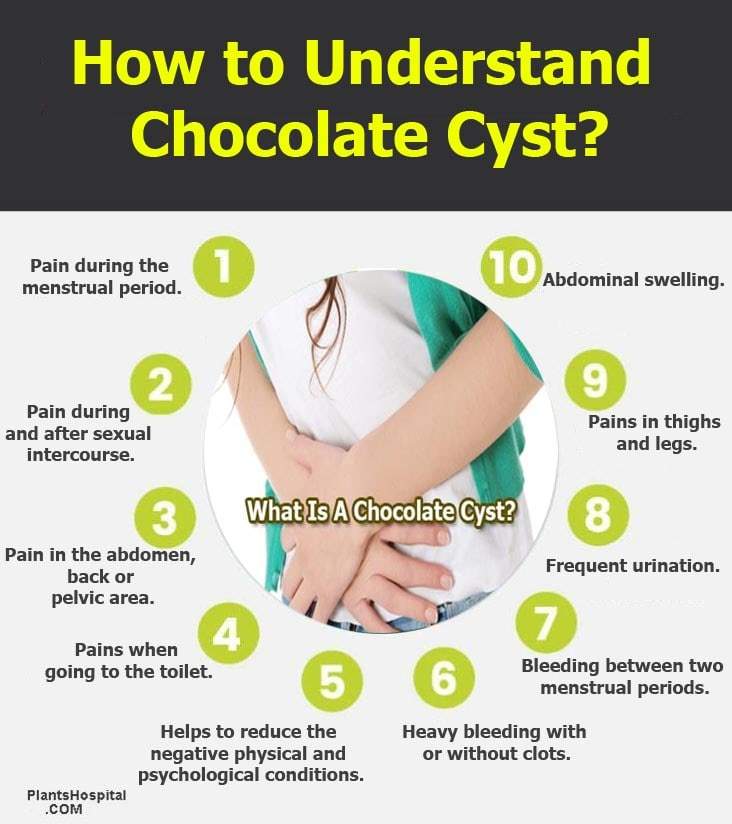
Causes
What causes a chocolate cyst? The risk factors that lead to chocolate cysts can be listed as follows:
Family History: The risk is 7 to 10 times higher in women who have previously had chocolate cysts in their family.
Retrograde Menstruation: Blood flows out of the vagina when a woman has menstruation. During retrograde menstruation, however, blood flows backward through the fallopian tubes and into the pelvis.
Metaplasia: Transformation of normal pelvic tissue into a chocolate cyst.
Other conditions that can cause chocolate cysts include;
- Menstruation lasts longer than 5 days and comes with a lot of blood.
- Having a period menstruation before the age of 11.
- There is less than 28 days between two menstruation periods and periods are short.
- Low body weight.
- Excessive alcohol consumption.
Read: Top 7 Effective Herbal Treatments To Regulates Menstrual Cycle
Treatment
Depending on whether the patient wants to have children, appropriate treatment can be chosen. If the cyst is small, the patient is kept under observation for 6 or 8 weeks and whether the cyst has grown is examined by ultrasound.
If the patient is suffering too much and the cyst tends to grow over time, drugs known as GnRH agonists can be given to the patient.
These drugs suppress the hormone estrogen and temporarily put the patient into menopause. The eggs stop producing estrogen and ease symptoms.
Chocolate Cyst Surgery: If the cysts are larger than 1.5 inches in chocolate cyst surgery, the fluid in it must be drained to prevent the cyst from bursting or the whole cyst is removed by laparoscopy. In women who do not want to become pregnant again, ovaries can be taken as the definitive solution.

